Anne-Lot Hoek
During the Japanese occupation, the Balinese teacher Ida Wayan Sidemen from Klungkung showed the children at his school a Dutch, a Japanese and an Indonesian flag. ‘He wanted them to understand what colonialism, fascism and nationalism is,’ says his son Nyoman Sidemen (born 1937), a retired historian and lecturer at Udayana University in the Balinese capital of Denpasar. After the Japanese capitulation on 15 August 1945, his father lowered the Japanese flag in front of his students and hoisted a homemade red-and-white Indonesian flag, created from a kite. Another teacher sang a song, says Sidemen Jr, who remembers the events well. ‘It had to be Indonesia Raya, Indonesia’s national anthem, because he sang: “independent and free, our beloved country”, the anthem’s refrain.’ After the Dutch returned to Bali, Sidemen’s father had to pay the ultimate price for his political conviction.
I spoke to Sidemen Jr in 2018 as part of the research for my book (De strijd om Bali Imperialisme, verzet en onafhankelijkheid 1846-1950 (The Struggle for Bali. Imperialism, Resistance and Independence 1846-1950), published in 2021. This book originated from horrific photos that I came across in 2013, which were in the possession of a Dutch veteran who had been in Bali during the Indonesian war of independence. After the Japanese capitulated and Sukarno had declared Indonesian independence on 17 August 1945, the Dutch army returned to Bali on 2 March 1946, and started a reign of terror.
I became fascinated: why was so much violence committed in Bali, which in the Netherlands was and is still known as a ‘paradise’ and also quite ‘loyal’ to the Dutch? Why, in fact, is so little still known about this violence in Bali, either in the Netherlands or in Indonesia? Institutions of violence long forgotten were the prison camps that the Dutch army set up across Bali. Torture was common in these prisons, proving fatal to Ida Wayan Sidemen and numerous other nationalist Balinese.
Colonial violence and Balinese resistance
The excessive violence committed in Bali was not only rooted in a violent colonial order but also related to post-war colonial state formation by the Dutch. Lieutenant-Governor General Huib van Mook had planned to divide the archipelago into several Indonesian states in order to counterbalance the Republic of Sukarno. Eastern Indonesia was the first state to be established, of which Bali had to become part. This state had to be a role model of ‘democracy’ for the outside world. In my research I found that this coercive federal policy and military violence on the ground were closely related. When the Balinese support for the Republic turned out to be unexpectedly large, the authorities ruthlessly enforced the loyalty of the Balinese population. The military policy was aimed at restoring peace and order, but in practice this turned out into an attempt to eradicate the Balinese opposition, which resulted in large-scale and systematic torture and murder.
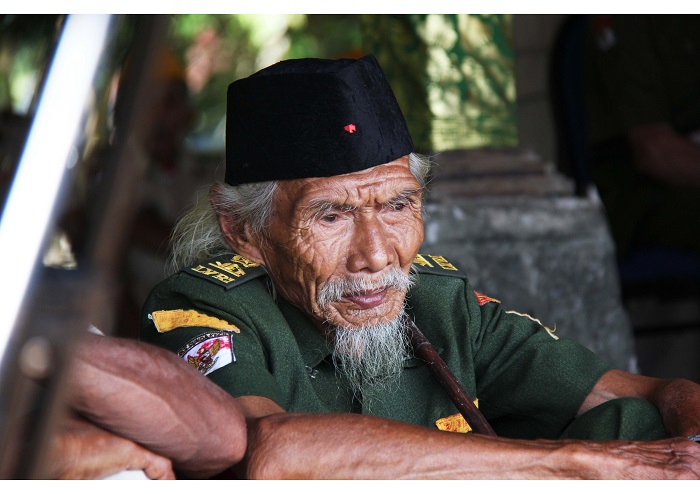
While the Dutch did not expect to meet much resistance from the Balinese, nationalism had long been brewing on the island before the Second World War. Teachers like Ida Wayan Sideman were an important engine of change in Bali, also through the Taman Siswa schools, and they joined the Indonesian revolution right after the Japanese capitulation. Before that, in colonial Bali, Sidemen was affiliated with a nationalist teachers’ organisation, Gedong Susila (‘moral building’), founded in 1930. He taught the Dutch language to soldiers of the Prayoda, a Balinese auxiliary of the Balinese monarchs and the colonial army. He also taught them about nationalism. ‘They were not allowed to say “Indonesia” at that time, so they talked about red-and-white,’ Sidemen Jr explains. One of the Prayoda soldiers at that time was I Gusti Ngurah Rai. He became a folk hero during the Japanese occupation and the leader of the coming revolution.
After the declaration of Indonesian independence on 17 August 1945 Rai was appointed by Sukarno as commander in chief to protect Indonesian independence on Bali and the Sunda Kecil islands, supported by a broad part of the Balinese population. But as in all colonial wars, the struggle cannot be explained by an easy contradiction of Balinese resistance against colonial Dutch. Some of the local monarchs cooperated closely with the oppressor, like the well-known Ide Anak Agung Gede Agung, who later became a diplomat and national hero of the Indonesian state. His kingdom, Gianyar, had a long legacy of cooperation with the Dutch from 1900 onwards.
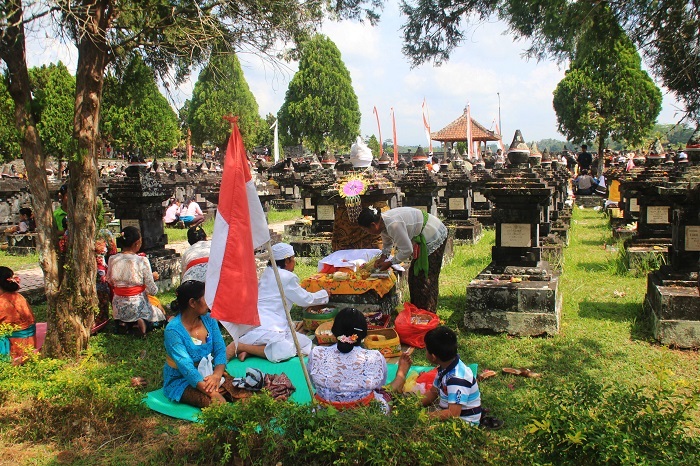
Sidemen sided with the revolution as a civilian resistance member. He carried no weapons and had committed no violence, but was nonetheless imprisoned by the Dutch in Singaraja in Buleleng early after their arrival on 2 March 1946. His ‘crime’ had probably been the raising of the red-and-white flag after the Japanese capitulation, his son suspects. He still remembers his father's arrest well. The NEFIS, the Dutch intelligence service, came to pick him up with an army truck in the presence of his son. He wore a black peci that day and had a red-and-white badge in his pocket, which often led to arrest. Some other Balinese were even forced to swallow red-and-white pins worn on their chest, which could result in death. If they refused to do so they could be killed on the spot.
Torture and terror: the tangsi system
There is a good chance that Sidemen ended up in the large army barracks in Banyumala or in the office of the Military Intelligence Service in Singaraja, one of the most notorious interrogation places. The 41-year-old Evert van Eijden was in charge there. In a letter, the anti-colonial civil servant Siebe Lijftogt, a former resistance fighter against the Germans during the Second World War, compared Van Eijden with the German occupier in the Netherlands. At the direction of Van Eijden’s son, I went in search of the former intelligence office, which after some investigations was discovered in a residential area. The large grey tiles on the floor are unmistakably old Dutch and the building is surrounded by a rusted barbed wire fence, with the office tucked behind a courtyard. Van Eijden’s son was not allowed to come to the office at the time, but he did so anyway. ‘I saw a couple of prisoners in bad shape standing in the blazing sun in a backyard courtyard. After entering, I heard loud banging, thumping and groaning in an adjacent room.’ Startled, he fled. He was never able to talk about this with his father.
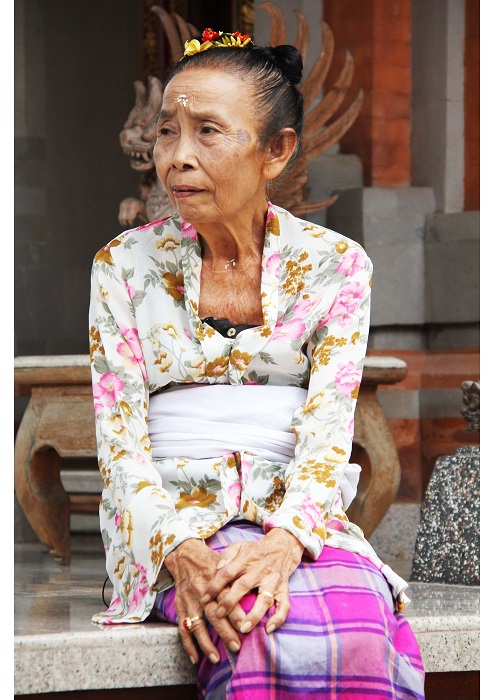
The Chinese-Indonesian ex-informer Sungkim was interrogated by Van Eijden at the time. I found Sungkim at the age of 99 on a mattress in the corner of the house of one of his children, tucked away behind a curtain. According to him, Van Eijden was a very cruel man, who started hitting and kicking even before a question was asked. He also ordered the soldiers to inflict torture. In fact, Sungkim said he was still suffering from the physical torture he endured. Prisoners like him were called into a room one by one, where they were beaten up by as many as six men. Luh Sekar, founder of the women's organisation Warindo from Buleleng, said afterwards that, as a 17-year-old girl, she distributed secret letters for the resistance and ended up at Singaraja’s office. ‘Here many young Indonesians were tortured, set on fire and killed,’ she said.
Sidemen Jr recalls that his heavily pregnant mother cried for nights after his father’s arrest. The village chief, the nationalist Made Orta, was also arrested. After the war, Orta told Sidemen Jr about his father’s treatment in Singaraja. ‘The soldiers beat us with rubber sticks.’ At night, Sidemen told his fellow prisoners not to take revenge against the Dutch. One of the core tasks of the Gedong Susila, Orta said, was to make the Dutch aware that they were friends, not enemies. More than a year later, his father was returned to his family in Klungkung. Sidemen Jr took his father to a hospital every day in a dokar (a small carriage). After three months he succumbed to his internal injuries. Difficult years followed, with 11-year-old Sidemen Jr having to collect flowers and wood for his mother to sell before and after school. Most of the people in his village lived below the poverty line, yet they showed mutual solidarity.
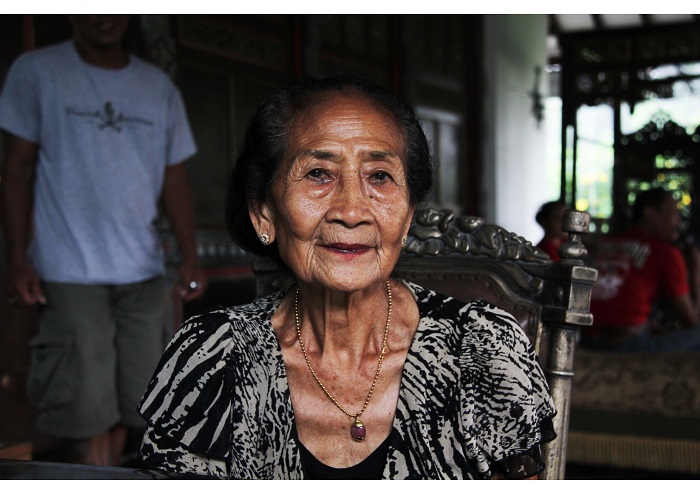
Ida Wayan Sidemen’s treatment as a prisoner of the Dutch was no exception on Bali. In my research I discovered the existence of a network of around 50 prison camps, which I defined as the ‘tangsi system’. In at least half of them prisoners were systematically tortured and often executed. When I reread my interviews with the Balinese, I discovered that, in referencing violence, many pointed to the so-called tangsi, which were army encampments set up everywhere by the colonial army to gain control. ‘The camp’ was also an existing strategy of colonial powers that had been used in the previous century in Aceh, in Cuba, South Africa and the Philippines, and by the Dutch in Indonesia before the war, including the concentration camp at Boven-Digul. Camps continued to exist after the Second World War, for example, during decolonisation wars in Algeria and also in Kenya, where the American historian Caroline Elkins discovered large-scale torture camps that incarcerated the Mau Mau people. ‘The camp,’ as it turned out, was also resurrected in Bali. The ‘camp’ as the ultimate consequence of empire.
Due to the enormous and unforeseen resistance, the number of prisoners in the tangsi in Bali rose rapidly after the Dutch arrived. The informal Dutch policy was to kill most of the fighters when arrested during army patrols, an intent that already becomes clear from genocidal rhetoric in the reports such as ‘liquidation’. The rest were brought to the tangsi. It is therefore understandable that many attacks by the Balinese were directed against the tangsi; they were tangible expressions of authority and violence. They were often found in remote areas, in the woods and mountains of Tabanan or Buleleng regions, on the outskirts of a town near a cemetery. A tangsi may have appeared to be a school building or what today serves as an army base. But often no physical structures and certainly no statues remained to remember the deaths. Only personal stories survived to account for a grim past. Otherwise, the violence of the tangsi system was slowly forgotten.
Forgotten heroes and histories
This contrasts sharply with the annual commemoration of the heroic battle of the Puputan Margarana, the main narrative about the revolution in Bali. After a blood curdling eight-month long manhunt the Balinese commander I Gusti Ngurah Rai and about a hundred of his men were surrounded and killed by the Dutch on 20 November 1946 near Marga. Only five days before, Van Mook concluded the Linggajati agreement with Sukarno, and a month later he intended to establish a federal state in Bali. The reality of an army of Republican fighters resisting the arrival of a federation, supported by a broad segment of the Balinese population, was in stark contrast with the frame of a peaceful and loyal Bali that the Dutch propagated.
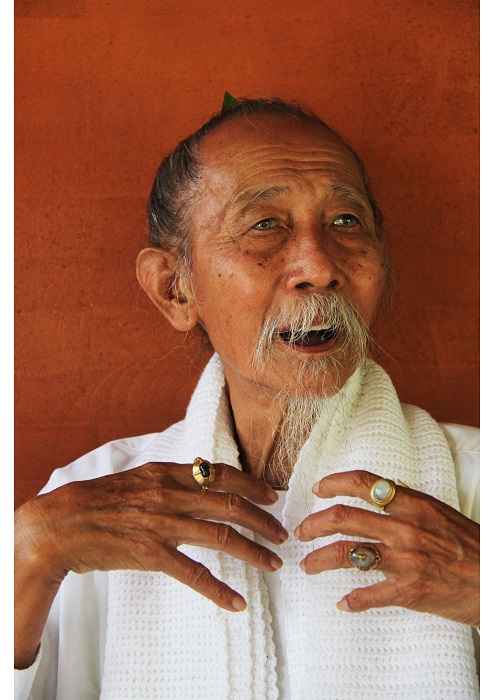
Although his father never received official status or recognition as a veteran, to Sidemen Jr, he was a hero, ‘He was not a soldier, but an ordinary citizen.’ His father was tortured to death for his political stance. A strategy that was not only inhumane, but also a crime against humanity and utterly contrary to the so-called Dutch objective of bringing ‘peace and order.’ Sidemen Jr says that he had long harboured vengeful feelings for the death of his father. Yet he does not want financial compensation from the Netherlands, because his father would not have wanted that, he says. More importantly, he wants his father’s story to become part of history, including Dutch history.
The struggle for Bali, which started with the first Dutch military attack on the island in 1846, has long been overlooked in the Netherlands. As the personal story of Sidemen and the rise of the tangsi camp in Bali illustrate, it should be placed in a longer tradition of colonial violence, anti-colonial resistance, and colonial state-formation. The struggle for Bali is a result of colonial history and also an important part of the legacy of the Indonesian revolution.
Anne-Lot Hoek is an independent author, historian and journalist. De strijd om Bali was shortlisted for the Dutch ‘Libris History Price’ (Top 5 2022) and awarded Best History Book of the Month by NPO Radio1. In 2020, Hoek received the ASH Valorisation Price from the University of Amsterdam for her contribution to the public debate about Indonesia as a PhD candidate. De strijd om Bali will be also published in Indonesian.